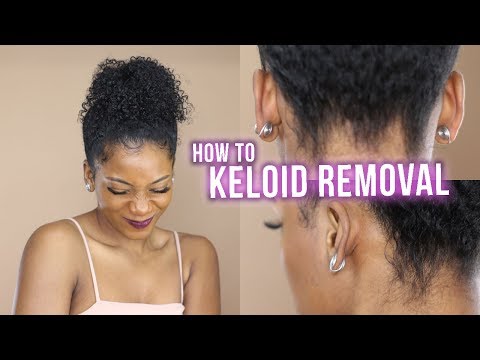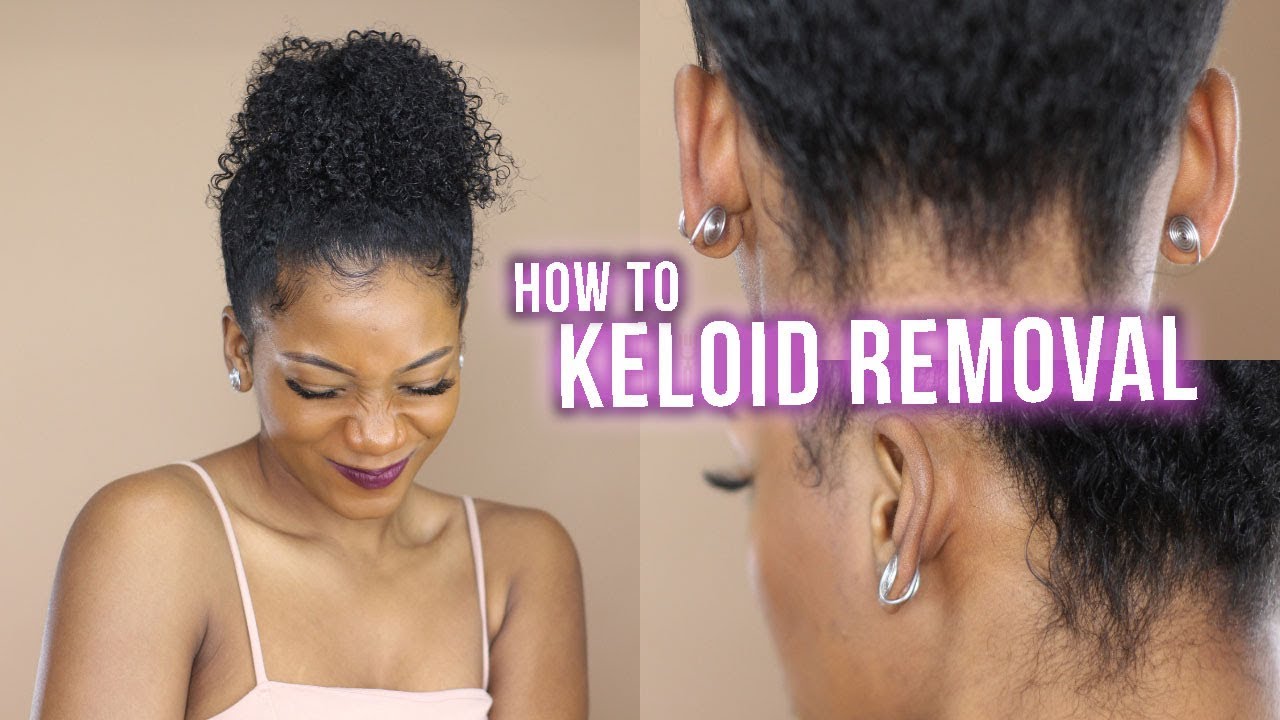A pressure earring is a fascinating piece of jewelry that not only enhances your style but also provides therapeutic benefits. Designed to alleviate the discomfort caused by keloid scars and hypertrophic scars, this unique accessory applies gentle pressure to the affected area, promoting healing and reducing the appearance of scars. Whether you have a fresh wound or an existing scar, a pressure earring can be a game-changer in your healing journey. Its innovative design ensures a comfortable fit while delivering the necessary pressure to flatten and soften the scar tissue over time. Additionally, a pressure earring is available in various shapes, sizes, and materials, allowing you to find the perfect match for your personal style. You can choose from sleek and understated designs to bold and glamorous options, ensuring that your scar treatment doesn’t compromise your fashion sense. Embrace the healing power of a pressure earring and confidently show off your scar while knowing that you’re actively working towards its improvement. Say goodbye to self-consciousness and hello to a stylish solution that supports your well-being. Invest in a pressure earring today and experience the transformative effects it can have on your scar treatment journey.

Understanding Pressure Earrings
| Characteristics | Benefits | Drawbacks |
|---|---|---|
| Pressure earrings are crafted from hypoallergenic materials such as surgical stainless steel or medical-grade plastic. | 1. Provides gentle, continuous pressure on the earlobe or surrounding area, aiding in the prevention of keloid formation. | 1. Requires consistent usage for optimal results, typically for several hours a day. |
| They are specifically designed to be worn following earlobe or cartilage piercings. | 2. Enhances healing process by promoting better circulation and reducing the risk of hypertrophic scarring. | 2. May cause slight discomfort during initial wear due to applied pressure. |
| Their adjustable nature allows for customization to fit each individual’s unique ear anatomy. | 3. Offers a non-invasive alternative to surgical treatments, reducing the need for invasive procedures. | 3. Unsuitable for individuals with very sensitive or irritated skin. |
| Pressure earrings are widely recommended by dermatologists, plastic surgeons, and piercing professionals. | 4. Helps minimize the appearance of hypertrophic scars or keloids that may have formed due to previous piercings. | 4. Not suitable for use on fresh or infected piercings. |
“From Keloids to Clear Skin: My Journey with Live Injections and Ear Lums Clips”
What is a Pressure Earring?
Pressure earrings are specialized jewelry pieces designed to help reduce the formation of keloid scars on the earlobe. These scars typically occur as a result of trauma or surgical incisions and can be raised, red, and itchy. The pressure exerted by these earrings helps flatten the scar tissue and promote healing, resulting in a less prominent scar.
How Do Pressure Earrings Work?
Pressure earrings work by applying constant pressure to the keloid scar, which helps break down excess collagen and scar tissue. This pressure stimulates the production of new collagen, which aids in the healing process and helps the scar become flatter and less visible over time.
These earrings are typically made from hypoallergenic materials such as surgical steel or silicone, ensuring they are safe to wear for extended periods without causing irritation or allergic reactions.
Who Can Benefit from Pressure Earrings?
Pressure earrings are primarily recommended for individuals who have a history of developing keloid scars on their earlobes. Keloids can form after earlobe piercings, surgical incisions, or other traumatic injuries to the ear. These scars can be not only aesthetically displeasing but also uncomfortable and itchy.
By wearing pressure earrings, individuals can minimize the formation of keloid scars or reduce the appearance of existing ones, improving the overall appearance and comfort of their earlobes.
How to Use Pressure Earrings
Using pressure earrings is a simple process that requires patience and consistency. Here’s a step-by-step guide:
- Choose the right size and type of pressure earring for your needs. Consult with a dermatologist or healthcare professional to ensure you select the appropriate jewelry.
- Thoroughly clean your earlobe and the pressure earring before each use to prevent infection and ensure optimal results.
- Gently place the earring over the keloid scar, making sure it covers the affected area completely.
- Secure the earring in place, ensuring it provides enough pressure without causing discomfort or pain.
- Wear the pressure earring consistently for the recommended duration, which can vary depending on the severity of the scar and individual healing capabilities.
Are Pressure Earrings Effective?
Pressure earrings have shown promising results in reducing the appearance of keloid scars and preventing their formation. However, it is important to note that the effectiveness of these earrings may vary depending on the individual and the severity of the scar.
Consistency is key when using pressure earrings. It may take several weeks or even months of continuous wear to see noticeable improvements. Additionally, combining pressure earring therapy with other scar management techniques, such as silicone gel sheets or corticosteroid injections, may enhance the overall effectiveness.
If you have concerns about keloid scars on your earlobes, it is advisable to consult with a dermatologist or healthcare professional who can provide personalized recommendations based on your specific situation.
Conclusion
Pressure earrings offer a non-invasive and accessible solution for managing keloid scars on the earlobes. By applying constant pressure, these specialized earrings can help flatten scar tissue, reduce redness and itching, and promote healing. While results may vary, incorporating pressure earrings into your scar management routine may significantly improve the appearance and comfort of your earlobes.
Remember to consult with a healthcare professional before using pressure earrings and follow their guidance for optimal results.

